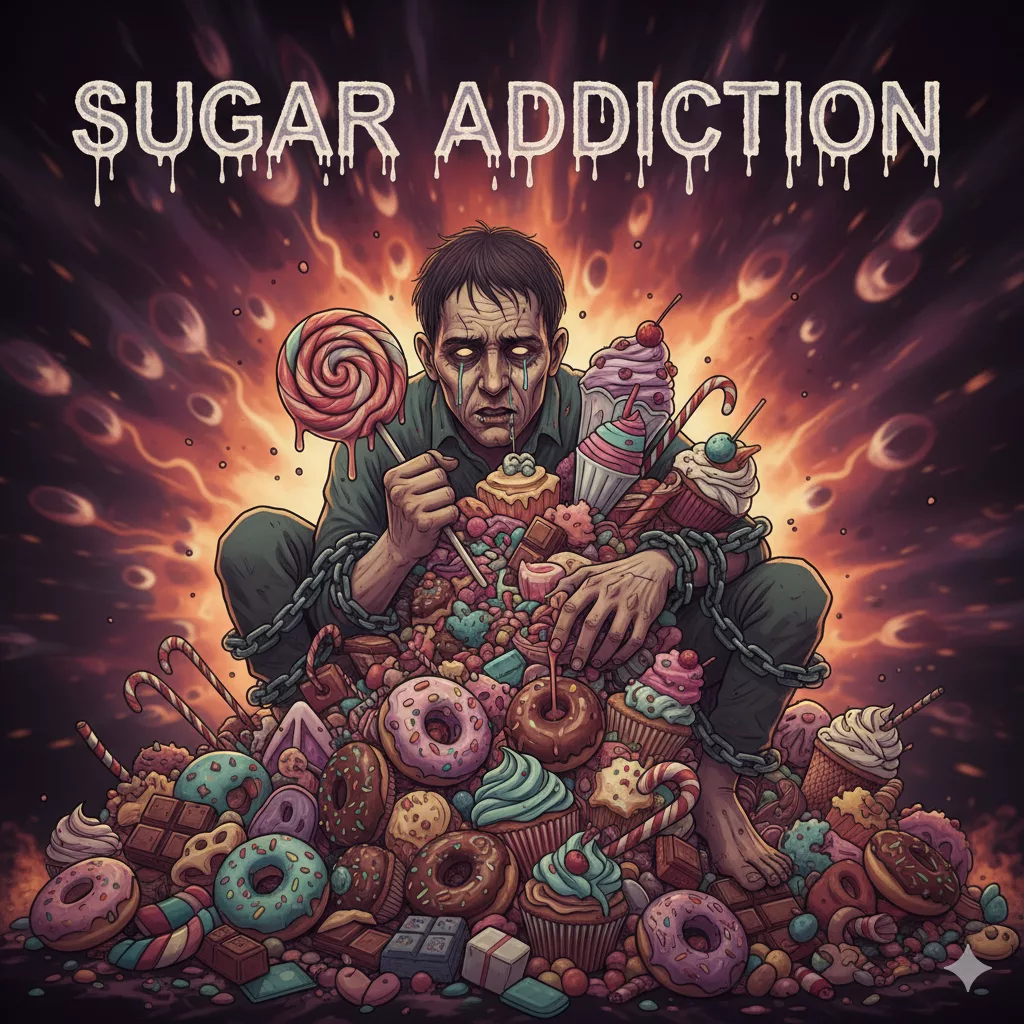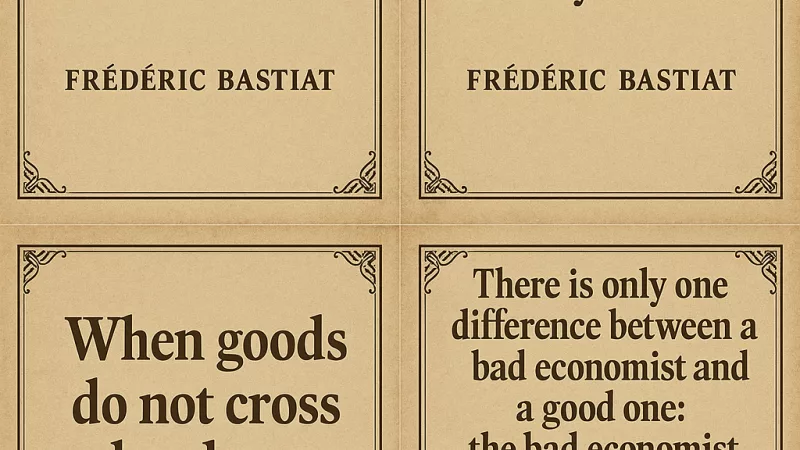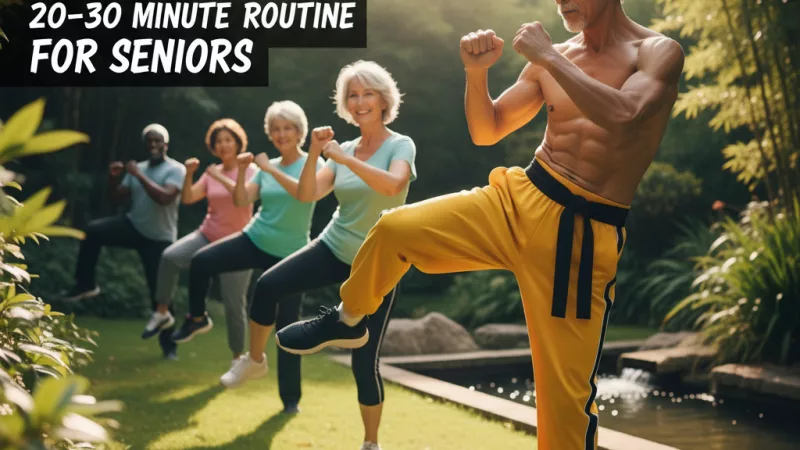Day 11/100 Sugar Addiction

Sugar Addiction
Stormin’
- still fighting
- https://sgcarney.substack.com/p/unveiling-the-ai-hype-cycles-inevitable
- https://www.youtube.com/watch?v=uNKYpJv5Sxc
- https://www.youtube.com/watch?v=Ca-zwM24pU4
- https://www.youtube.com/watch?v=HVvwpbpcQgI
=====
Market & Book Snapshot
- Title/Author: End Sugar Addiction Now by Alexis Johnson
- Formats: Paperback (172 pp) and audiobook (narrated by Antonia Scarfe). Paperback lists ISBN 9781068840906, publication Nov 11, 2024; audiobook released Nov 27, 2024. Early retail pages echo a “no-nonsense,” practical, science-made-simple detox approach and emphasize cravings control, label decoding, sleep/exercise, stress links, and tech/app accountability. (Barnes & Noble)
- Category context: The “quit sugar/sugar detox” shelf is crowded with established brands—e.g., Diane Sanfilippo’s 21-Day Sugar Detox (Goodreads ~4.05/182 ratings), Susan Peirce Thompson’s Bright Line Eating (Goodreads ~3.88/4.3k ratings), Sarah Wilson’s I Quit Sugar (NYT-bestselling detox/cookbook). These set consumer expectations for concrete day-by-day structure, robust recipes, and community. (Goodreads)
Strengths (What sets it apart)
- Accessible, program-style promise in 5 weeks. A clear, time-boxed outcome (“experience energy in days,” 5-week framework) is legible to browsers scanning the category. (Barnes & Noble)
- Holistic levers beyond diet. Calls out stress management, sleep, movement, and psychology (beliefs, habits), which broadens appeal beyond “meal plan only” detoxes. (Audible.com)
- Practical label-reading & hidden-sugar orientation. “Decode labels,” “hidden sources” resonate with shoppers frustrated by ingredient traps. (Audible.com)
- Tech/accountability emphasis. Positioning apps and tools for adherence is a timely hook rarely foregrounded in older staples. (Audible.com)
- Tone: non-judgmental, empowering. Early listener blurbs highlight a supportive approach—important for relapse-prone behavior change topics. (Audible.com)
Weaknesses (Where it likely falls short)
- Over-promising language. Phrases like “boundless/limitless energy in days” risk credibility issues and returns from skeptical readers who expect evidence-graded claims. (Barnes & Noble)
- Comparative value vs. incumbents. Competing leaders offer dense meal plans, recipes, and day-by-day handholding (21-Day Sugar Detox, I Quit Sugar). If Johnson’s plan is light on menus, shopping lists, and troubleshooting, conversion and reviews may lag. (Goodreads)
- Evidence signaling. The page copy leans “science-made-simple” but (publicly) lacks visible citations, checklists of peer-reviewed sources, or a medical advisory. In this niche, readers scan for authority markers to sort plans from hype. (Barnes & Noble)
- Narrow social proof so far. Early channel presence (B&N listing, Audible) shows limited ratings volume; without a review base, discoverability and trust suffer against long-tail keywords dominated by incumbents. (Barnes & Noble)
Why readers bought (Appeal drivers)
- Cravings control + quick wins. “Kickstart metabolic health,” “energy in days,” and a finite 5-week arc promise momentum and relief. (Audible.com)
- Whole-life framing. Stress/sleep/exercise + mindset tools meet readers who’ve “tried diets” and want behavior change. (Audible.com)
- Practical shopping guidance. Label decoding/hidden sugars = immediate, shoppable actions in the grocery aisle. (Audible.com)
- Supportive tone. Early Audible feedback praises non-judgmental guidance and simple steps—appealing to ambivalent or relapse-prone buyers. (Audible.com)
Why some didn’t/won’t buy (Friction points)
- Skepticism toward “sugar addiction” framing or fast-track outcomes; a portion of the audience prefers long-term habit systems (e.g., Bright Line Eating) with stronger academic scaffolding. (Goodreads)
- Needs recipes, not just rules. Consumers often expect detailed menus, batch-cooking plans, and family-friendly swaps (a strength of 21-Day Sugar Detox/I Quit Sugar). (Goodreads)
- Sensitivity to disordered-eating triggers. Detox rhetoric can backfire with readers wary of restriction; adjacent titles have drawn such critiques, which spill over onto the whole subgenre. (The StoryGraph)
- Low review density. With incumbents owning most search/social proof, some buyers won’t risk a lesser-known plan without stronger testimonials and third-party validation. (Barnes & Noble)
Agent’s Read: Positioning & Performance Outlook
- Commercial lane: Entry-level, motivational quit-sugar handbook pitched at general health readers who want a finite, beginner-friendly reset with mindful-habits framing.
- Differentiation lever: Emphasize psychology + stress + tech accountability more boldly than incumbents, and package a clear 5-week calendar to answer the “what do I eat today?” gap that often determines review scores. (The top-selling comparables succeed because execution details are tangible and daily.) (Goodreads)
If you’re writing a competing self-published book: 9 critical must-dos & pitfalls to avoid
- Promise precisely; prove it. Calibrate claims (energy, focus, labs) and attach evidence notes (citations, brief study callouts, expert foreword) to build trust and withstand scrutiny. (Competitors win on authority cues.) (brightlineeating.com)
- Deliver day-by-day scaffolding. Include 5–8 weeks of calendars, portion guides, swap matrices, and full shopping lists; readers buy execution, not just insight. (Goodreads)
- Make it cookable. 60–100 fast recipes (15–30 minutes; budget-friendly), labeled by cravings use-case (salty/sweet), plus batch/prep day flows. (This is where many plans lose stars.) (Barnes & Noble)
- Build relapse-resilience. Add urge-surfing scripts, if-then plans, travel/holiday playbooks, and “reset in 48 hours” pages. (Behavioral durability beats detox hype.)
- Design accountability loops. Habit tracker, streak charts, QR codes to brief videos, and a private community/challenge cadence for week 1–6.
- Address special populations transparently. Sidebars for diabetes meds, seniors, athletes, shift-workers, with “talk to your clinician” cues and red-flag checklists to keep guidance safe.
- Label literacy that sticks. Visual “Hidden Sugar Hall of Fame,” 20 common alias names, and a brand-agnostic product swap list (U.S. & international).
- Tone: no shame, high skill. Avoid moralizing; teach skills: stimulus control, stress inoculation, sleep hygiene, social scripting (“dessert pressure” lines).
- Proof of life. Case studies (diverse ages/BMIs), before-and-after habit graphs, and transparent review capture (ARC team, retailer-compliant outreach) to build early rating density.
Notes on sources: Product details (length, ISBN, pub dates, positioning) are taken from Barnes & Noble’s listing; audiobook metadata and early feedback are from Audible. Category benchmarks and expectations reflect longstanding leaders in the niche and their public footprints (Goodreads ratings and retailer pages). (Barnes & Noble)
—–





